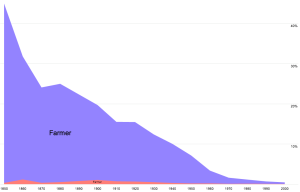Welcome to another diversity-filled week!
As happens fairly regularly in the literary world, people have been talking about gender and books. Two different takes caught our eyes this week: The Book Bench at the New Yorker took an analytical look at the discussion with What We Talk About When We Talk About Men Not Reading, looking at both men’s reading and at the the publishing industry. Meanwhile, author Maureen Johnson took a personal look at the issue with Sell the Girls, in which she talks about how the vast majority of her assigned reading, in school and college, was by and about men.


